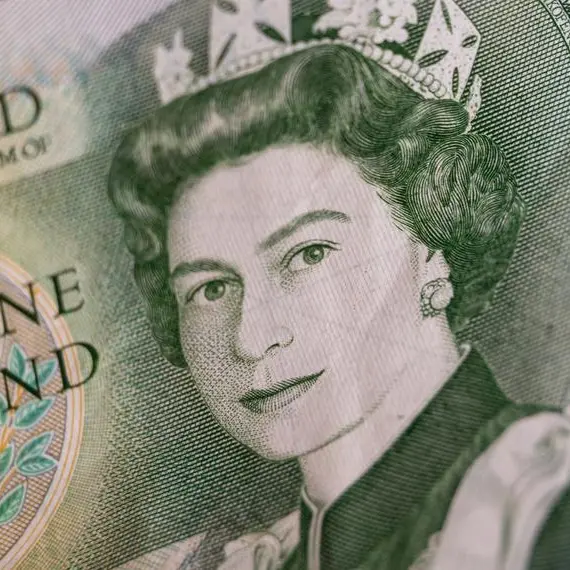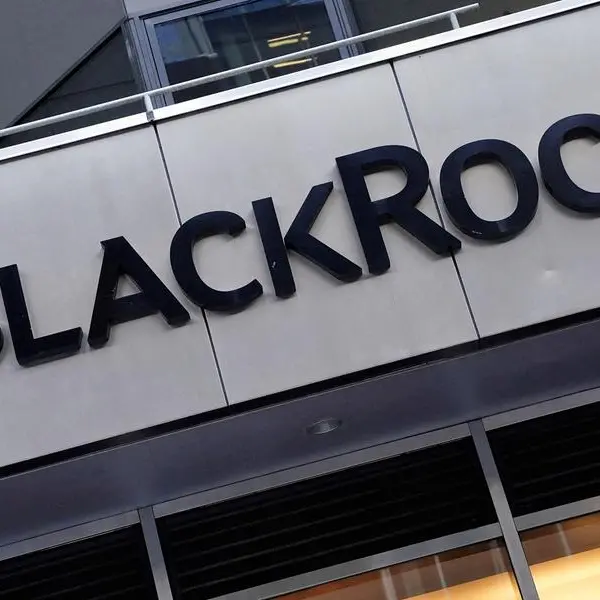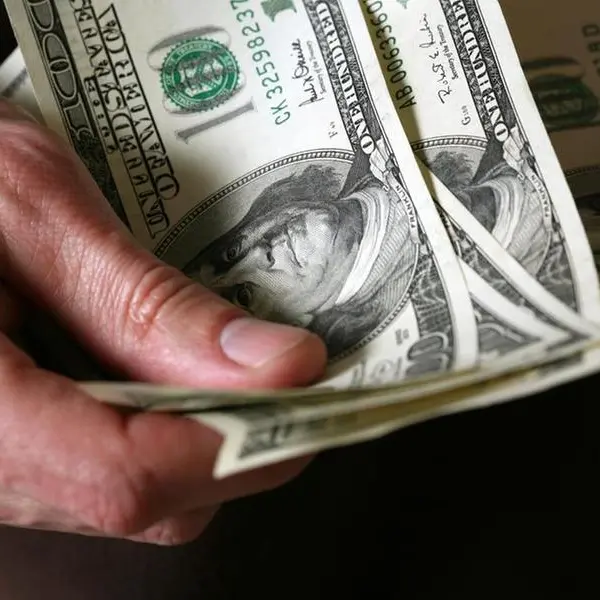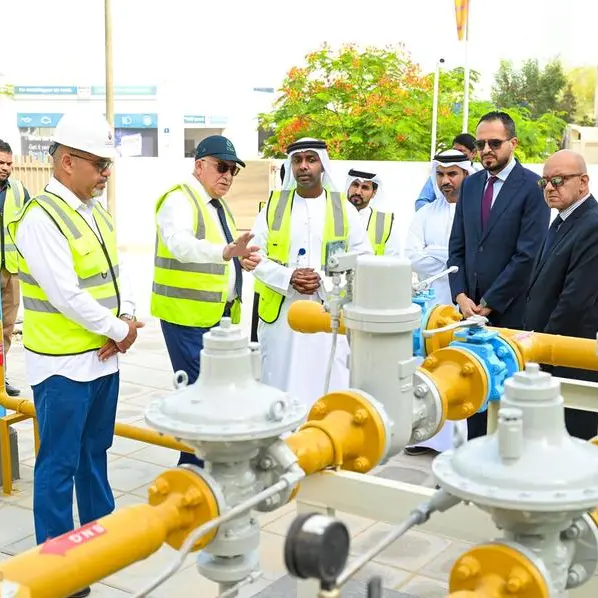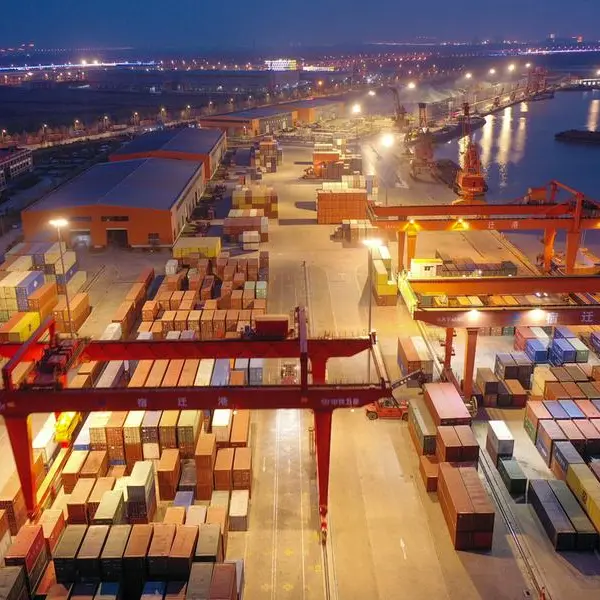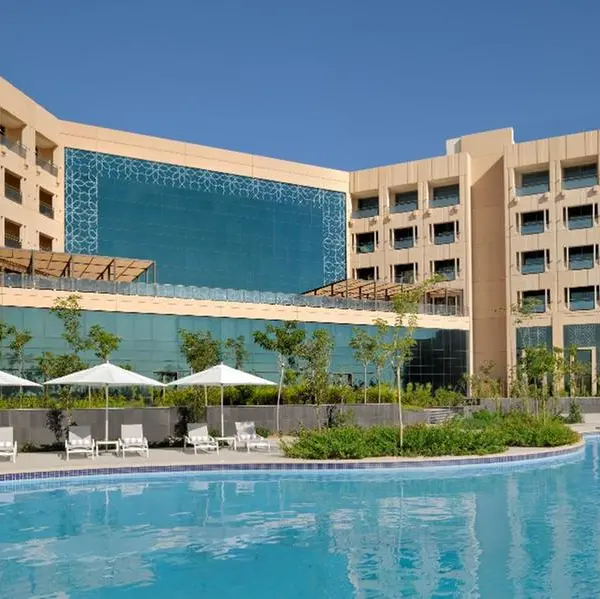PHOTO
Hygiene, clean contact, pure air, water, low carbon materials, energy efficiency and mental resilience of building occupants would drive the next set of building standards in a post pandemic world, according to a new report on green buildings in the UAE.
Currently, UAE buildings adhering to local green building regulations or certification programmes have a total built-up area (BUA) of 64 million square metres (sqm), a market brief released by Emirates Green Building Council (EGBC) said.
According to the 2020 UAE Green Building Market Brief, the total BUA of certified projects under Estidama Pearl Rating System in Abu Dhabi was 35.3 million sqm; in Dubai, the total BUA under Dubai Green Building Regulations and Specifications stood at 26.9 million sqm with an additional 2.6 million sqm BUA certified under Trakhees Green Building Regulations; in Ras Al Khaimah, the total BUA under Barjeel Green Building Regulations was 239,200 sqm.
The brief, supported by KEO and Majid Al Futtaim, was launched at an online webinar on Thursday.
It noted that the UAE has 386 green building projects as of April 2020 under the US Green Building Council’s LEED [Leadership in Energy and Environmental Design] certification. This included 50 Platinum, 139 Gold, 56 Silver and 141 Certified LEED Projects with a total BUA of 5.9 million sqm.
“With buildings and the construction sector accounting for nearly 39 percent of energy-related emissions globally and more so in the UAE, it is important to continue to focus on deep retrofitting and net zero carbon buildings by 2050. The UAE Green Building Market Brief presents evidence-backed insights on the progress achieved by the UAE in promoting sustainable built environments,” said Ali Al Jassim, Chairman of Emirates GBC.
The brief also stressed on the health and wellbeing of building occupants as per the WELL Building Standard developed by International WELL Building Institute. There are currently three WELL certified projects totalling 4,000 sqm in the UAE with more under implementation.
Ioannis Spanos, Regional Manager-Sustainability, KEO International Consultants, said the post pandemic era has changed the way of thinking about buildings.
He said: “Much is invested for health of the buildings [so] that to kill the virus, it may need to operate like a hospital. It is time to curtail unwanted energy consumption and improve indoor environment with quality air and water.”
The WELL standard focuses on eight areas that impacts the health of building occupants, namely, fitness, comfort, air, water, mind, nourishment, light, and innovation.
The brief also highlighted that Dubai’s target of reducing embodied carbon in the buildings and retrofitting of 30,000 buildings by 2030 to reduce energy demand by 30 percent through energy saving companies.
Dubai has completed 1,241 buildings and 6,658 villas under its retrofit programme since 2013 whereas Sharjah has 18 buildings, and Ras Al Khaimah has executed retrofit of 16 villas as of April 2020.
UAE’s Ministry of Infrastructure and Development’s Guidelines for Green Buildings include criteria to reduce 5% of embodied carbon in new federal buildings, according to the brief.
For achieving lowest carbon footprint by 2050, EGBC has partnered with International Living Future Institute (ILFI) to offer Zero Energy and Zero Carbon certifications for buildings in the UAE market.
Buildings would also be able to monitor their carbon emission levels through free cloud-based software, One Click Life Cycle Assessment Planetary, launched this year.
“One Click Life Cycle Assessment Planetary supports easy, fast and impactful environmental analyses from the earliest project phase and helps buildings develop their own Environmental Product Declarations as a shared resource for efficient modelling,” said Panu Pasanen, CEO, Bionova, a Finland based consultancy.
“The database is used for developing Carbon benchmarks and compare environmental performance of buildings,” he added.
(Reporting by Saket S; Editing by Anoop Menon)
Disclaimer: This article is provided for informational purposes only. The content does not provide tax, legal or investment advice or opinion regarding the suitability, value or profitability of any particular security, portfolio or investment strategy. Read our full disclaimer policy here.
© ZAWYA 2020


